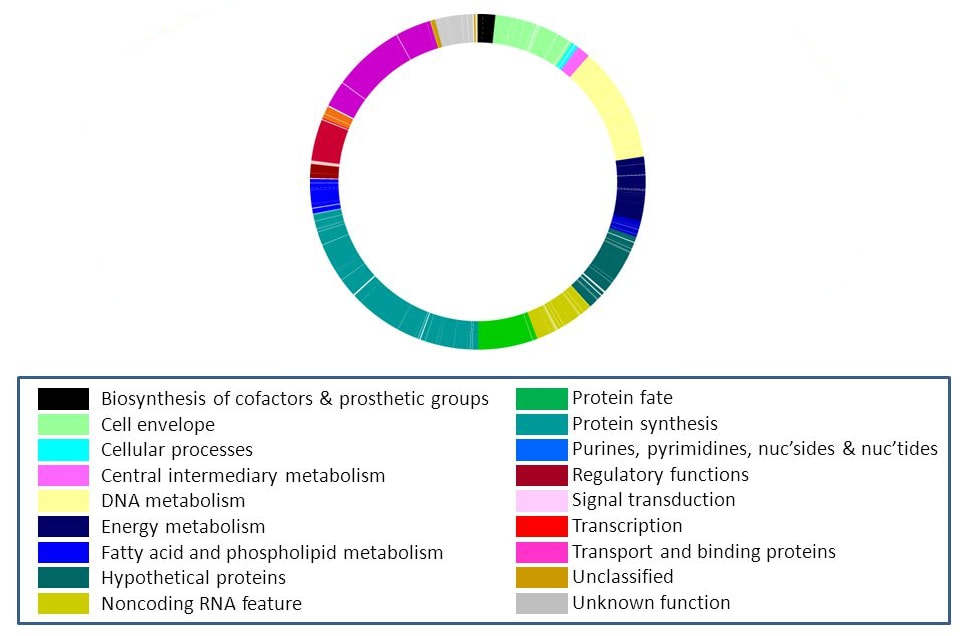|
Creationists often claim that the complexity of life in our planet is evidence of a creator. They argue that the perfection observed in the many structures that make up the bodies of organisms can only be explained by the presence of a designer. Scientists, however, have repeatedly pointed out that the design of organisms does not have to be perfect, rather just good enough to allow them to survive and reproduce. In fact, scientists have found many flaws in the design of organisms which point to them being the result of a natural process. The critics of creation science argue that if these flawed structures had been designed by a creator, said entity would indeed be a very sloppy one. Most of the debate regarding intelligent design seems to be centered on macroscopic structures such as the eye, but what if we focus on something much smaller and more fundamental? I am talking about DNA, the molecule that carries the blueprint of life. Can we find any evidence of intelligent design in DNA? To examine this let’s look at the organization of genes. Genes are the actual segments of DNA that carry the instructions that are used to make life happen. These genes have specific functions. Some are involved in energy metabolism, others are involved in the synthesis of proteins, others are involved in the transmission of signals, and so on. So my question is: how would a creator, as opposed to a natural process, organize the genes in the DNA molecule? To use an analogy, let’s think of a person who has 500 books and wants to place them into shelves. A reasonable person would probably organize books together by categories such as detective stories, romance, science fiction, horror and so forth. This would take a certain amount of effort and discernment. On the other hand, a sloppy or lazy person, or a person employing a random system to distribute books would probably place them in the shelves with no discernible order. Does the DNA of even a single living thing display evidence of intelligence being involved in the organization of genes in their DNA molecules? Well, you will be surprised to know that I have found one such example! In the figure below I present the DNA of a species of bacteria (this particular bacterial DNA is circular). As you can see, as in the above analogy of the books in the shelves, the genes are neatly organized into categories. All the genes involved in DNA metabolism (in yellow) are in one area of the DNA molecule, whereas all the genes involved in making transport and binding proteins (in purple) are in another area, and the same is true for genes with other functions and even genes that we have not yet classified or whose function is unknown to us! So there can be no question about it. Here is irrefutable evidence of intelligent design. No natural process can account for the existence of this molecule. This DNA was designed by an entity with a consciousness (and a very well developed sense of tidiness). When it comes to the process that made the DNA of this bacterial species come into being, creationists are 100% right! Unfortunately the designer of this bacterial DNA molecule is not God but a scientist named Craigh Venter. Dr. Venter and his team were trying to design a minimal bacterial genome to study the functions of genes that are required for life, and they wanted all genes organized in discrete units that they could move around. So (much in the same way that we defragment a computer to organize all the information that ends up scattered over its memory banks) they proceeded to defragment the bacterial DNA generating the one presented above. But, how did the initial bacterial DNA look? See the original figure below. The original DNA is in the left hand side. The seemingly random scattershot organization of its genes is not unique to this bacterial DNA. All DNAs from all species of living things sequenced so far show this lack of organization of the genetic information into any overall cohesive pattern. So now you know how real intelligent design looks: it looks like nothing that can be found in the natural world. Illustrations taken from the presentation From Synthetic Life to Human Longevity by Dr. Craig Venter's at the Inaugural Scientific Symposium of the Center for Systems Biology Dresden (CSBD) on June 1st, 2017. The use of these illustrations is covered under the United States Copyright Law of Fair Use (Title 17 of the United States Code, Section 107).
2 Comments
Brian W Porter
12/31/2017 03:22:38 am
Well, that proves it, there is a God, and his name is Ventner. However, he did not make life in his image, or at least I hope not. Good to hear from you again, my friend.
Reply
Rolando Garcia
1/3/2018 06:18:56 pm
Venter's work is fascinating. It goes to the very heart of the question of what life is. Thanks for your comment Brian.
Reply
Your comment will be posted after it is approved.
Leave a Reply. |
Details
Categories
All
Archives
June 2024
|


 RSS Feed
RSS Feed